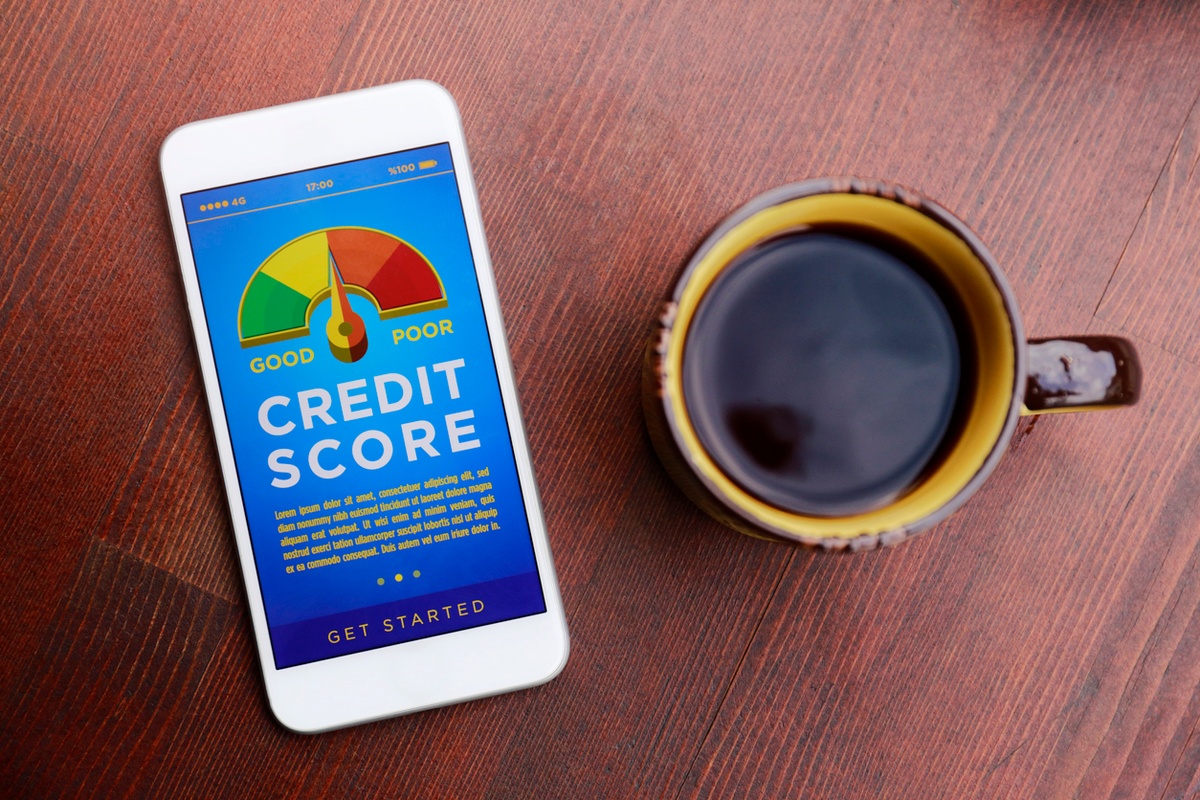A Direct Debit is a handy way to help you pay for regular payments that might cost a different amount each time. The money comes out of your account automatically, so you don't have to set up a new payment every month.
Setting up a Direct Debit is really easy. When it can save you from missing payments on important bills like your credit card, it's definitely worth doing.
How to set up a Direct Debit
Most of the time, you don't even need to talk to your bank when setting up a Direct Debit.
You can set it up by talking to the company you want to pay. Different companies have different ways to do this. You might:
- Give them a call
- Fill in your details on their website
- Return a form they send you
- Use their app on your phone
You'll only need to give them your sort code and account number. Sometimes they'll ask for your bank's address too. You'll need a current account to make a Direct Debit.
The company will send you a confirmation letter or email before your first payment. This will tell you how much they'll take from your account and when.
Direct Debits work well for all kinds of regular payments. They're especially good for:
Bills that change in amount each month, like:
Fixed monthly payments that stay the same, like:
With Direct Debit, you never have to remember to make these payments - they happen automatically, whether the amount changes or stays the same. Just make sure that the money is ready in your account and the Direct Debit will do the rest.
What is the Direct Debit Guarantee?
When you set up a Direct Debit, you're protected by the Direct Debit Guarantee. This important safety net covers every Direct Debit payment you make.
The Direct Debit Guarantee gives you these important protections:
- The company must tell you in advance if the fixed amount or date of your payment changes
- If any payment is made by mistake, your bank will give you an immediate full refund
- You can cancel a Direct Debit at any time by simply telling your bank
This guarantee makes Direct Debits one of the safest ways to make payments in the UK. It puts you in control and protects your money if anything goes wrong.
If you ever notice a problem with a Direct Debit payment, contact your bank right away. They must handle your claim under the guarantee's rules.
Setting up a Direct Debit through online or mobile banking
Many banks now let you view and manage your existing Direct Debits through their app or website. While you'll typically set up new Direct Debits through the company you're paying, your banking app allows you to:
- See all your Direct Debits in one place
- Cancel ones you don't need anymore
- Check when your next payments are due
If a Direct Debit is returned what happens?
When a Direct Debit fails because you don't have enough money in your account, your bank will usually reject or “return” the payment. Most banks will let you know if this happens, either by text message or via the banking app.
Many banks will check your account again for enough money by around 2pm on the payment day. If you can top up your account before this cutoff time, you can often avoid the payment being returned.
If the payment failure puts you into an unarranged overdraft, you might face overdraft fees - but the Direct Debit itself being returned doesn't typically trigger a separate bank fee.
If you can’t top up your account before the 2pm cutoff time, you'll still need to pay the bill. The company will contact you about making the payment another way. They may also charge a late payment fee. If this happens regularly, it could hurt your credit score.
Try to make sure you have enough money in your account before your Direct Debits are due. Many banks can send you a text when your balance gets low.
What happens if a Direct Debit is due on the weekend?
If your Direct Debit is due on a Saturday or Sunday, the payment will come out of your account on the following Monday instead. The same happens on bank holidays - the payment moves to the next working day.
This is normal banking practice and won't count as a late payment. Just remember to keep enough money in your account until the payment goes through.
How to find out what a Direct Debit is for
If you see a Direct Debit on your statement but can't remember what it's for, look at the company name next to the payment. Your online banking will show all your Direct Debits in one place.
If you still don't recognise it, call your bank for more information. It's a good idea to check all your Direct Debits a few times a year to make sure you're not paying for things you no longer use.
Paying a credit card by Direct Debit
When you get a credit card, the company might offer to set up a Direct Debit for you. They could ask if you want to:
- Pay the full balance every month
- Just pay the minimum amount
It's always best to pay your full balance if you can. This way, you don't pay any extra money in interest.
If you only make the minimum payment, the rest of your balance will grow with added interest. This means you'll end up paying much more in the long run.
If you're using your credit card for something big, you could set up a Direct Debit for the minimum payment each month. This protects you from missing a payment and getting charged fees. You can still pay more when you can afford it.
Remember to check your statement each month to know how much money will come out of your account.
What is the difference between Direct Debit and recurring card payments?
Recurring card payments (also known as continuous payment authorities) use your debit or credit card details instead of your bank account information. The company takes the money directly from your card when payment is due.
Unlike Direct Debits, these payments don't have the protection of the Direct Debit Guarantee. They can be harder to cancel too - you often need to contact both the company and your card provider.
They're commonly used for subscriptions and memberships. If you have a choice, Direct Debits are usually safer as they offer better protection if something goes wrong.
Standing orders vs Direct Debit
Direct Debits let companies take money from your account, with the amount possibly changing each time. Standing orders are instructions you give to your bank to pay a fixed amount regularly.
The main difference is who controls the payment: with Direct Debits, the company takes the money; with standing orders, you tell your bank to send the money.
For payments that stay the same each time – like your rent – a standing order might work better.
With a standing order, you choose:
- How much to pay
- How often to pay
- What date the money comes out
- How long to keep paying
People often use standing orders when paying another person rather than a company. For example, you might set up a standing order to send money to a family member each month.
You'll need to contact your bank to set up a standing order. Most banks let you do this through their app or website now.
Staying safe online
When setting up Direct Debits online, always make sure:
- You're on the real company website (check the web address carefully)
- Never share your online banking password with anyone
- Use secure Wi-Fi, not public networks, when entering bank details
- Keep your contact information up to date so companies can reach you if needed
Direct Debits are a safe, protected way to pay your bills. They save you time and help make sure you never miss an important payment.









